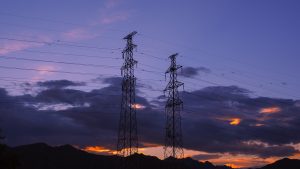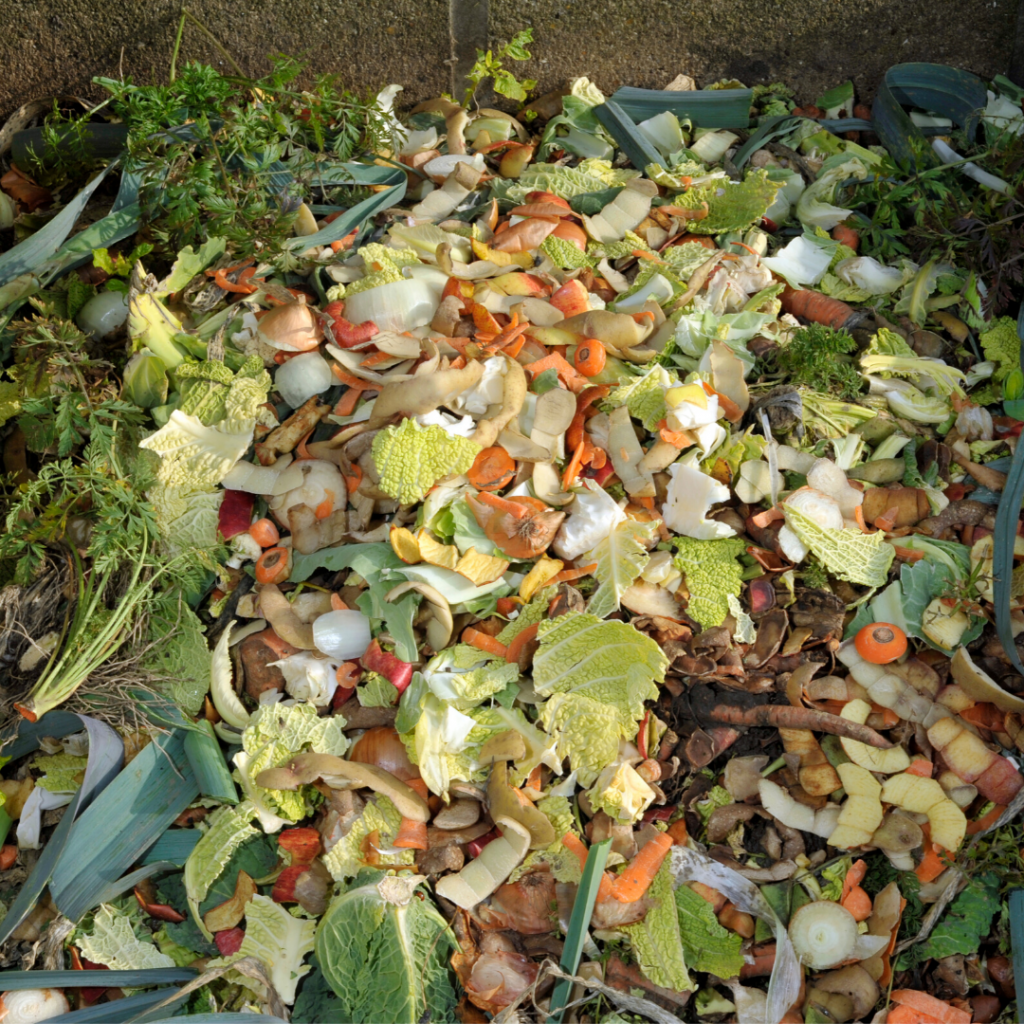
- Industries
Case Studies
Industries
- How It Works
- Contact
- About Us
- Alliances
The United States produces more than 70 million tons of organic waste each year. The U.S. currently has 2,200 operating biogas systems across all 50 states, which represents less than 20 percent of the total potential. There is the potential to add over 13,500 new systems.
Food waste makes up 21 percent of U.S. landfills, producing methane as it breaks down. The goal of the EPA and the USDA is a 50 percent reduction in the amount of food waste sent to landfills by 2030.
Landfills are the third largest source of human-related methane emissions in the U.S. The EPA’s Landfill Methane Outreach Program (LMOP) encourages the waste industry to recover and use biogas generated from organic waste in landfills. The LMOP forms partnerships to provide technical assistance and seek financing for landfill biogas projects, SREUS units could be used to bolster this endeavor.
Livestock manure contributes about 10 percent of all methane emissions in the U.S. The EPA estimates there is the potential for 8,241 livestock biogas systems – this could generate over 13 million megawatt-hours of energy each year.

One man’s trash is another man’s treasure. Well, in this instance, perhaps your trash could be your treasure… When it comes to producing power and clean water using the SREUS system, there are many fuels that can power it:
We would love to discuss how this technology could benefit your industry!
Copyright 2020 SREUS Energy All rights reserved